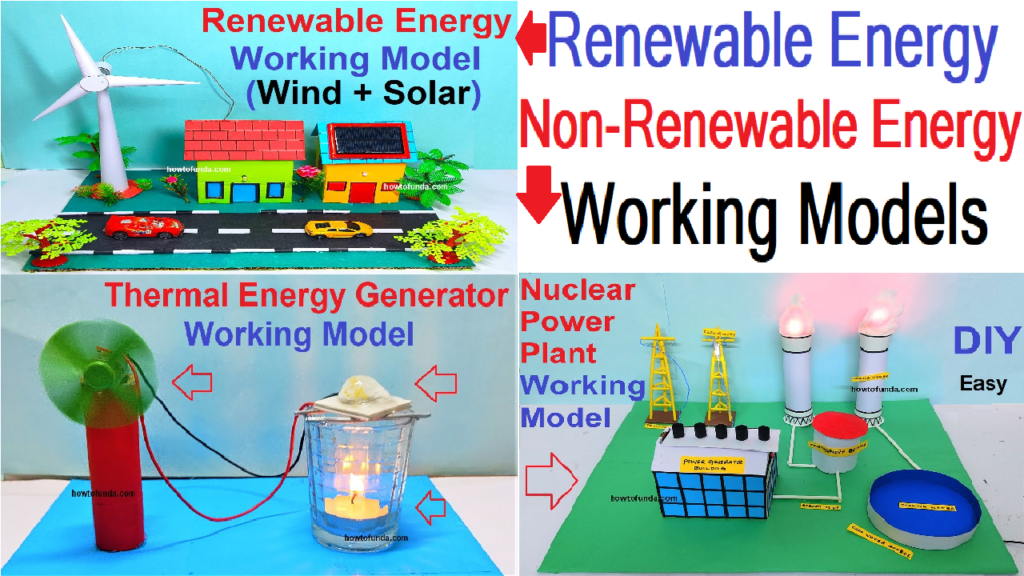Here are 15 science project ideas focused on the management of natural resources.

These projects explore various aspects of resource conservation, sustainable use, and innovative management strategies.
1. Rainwater Harvesting System
- Objective: Design and build a system to collect and store rainwater for household or garden use.
- Components: Gutters, pipes, storage tank, filtration system.
- Description: Create a model that shows how rainwater can be collected from roofs and stored for later use.
2. Solar-Powered Water Purification
- Objective: Purify water using solar energy.
- Components: Plastic bottles, solar still, black paper, glass.
- Description: Build a solar still that uses the sun’s energy to evaporate and condense water, leaving impurities behind.
3. Composting System
- Objective: Create a composting system to recycle organic waste into nutrient-rich soil.
- Components: Compost bin, organic waste, soil, worms (optional).
- Description: Set up a compost bin and monitor the decomposition process, explaining the benefits of composting.
4. Model of Sustainable Agriculture
- Objective: Demonstrate sustainable farming practices.
- Components: Small plants, soil, organic fertilizers, irrigation system.
- Description: Set up a mini-farm showcasing crop rotation, organic fertilization, and efficient irrigation techniques.
5. Wind Energy Model
- Objective: Harness wind energy to generate electricity.
- Components: Small wind turbine kit, multimeter.
- Description: Build a model wind turbine and measure the electrical output under different wind conditions.
6. Greywater Recycling System
- Objective: Reuse household greywater for irrigation.
- Components: Collection tank, filtration system, garden area.
- Description: Design a system that collects and filters greywater from sinks and showers for use in watering plants.
7. Solar-Powered Desalination
- Objective: Use solar energy to desalinate seawater.
- Components: Solar still, saltwater, collection containers.
- Description: Build a model that demonstrates how solar energy can be used to remove salt from seawater.
8. Hydroelectric Power Generator
- Objective: Generate electricity using water flow.
- Components: Water wheel, DC motor, LED light.
- Description: Construct a small hydroelectric generator and show how flowing water can produce electricity.
9. Afforestation Model
- Objective: Illustrate the benefits of planting trees.
- Components: Small saplings, soil, water.
- Description: Create a model that shows how afforestation helps in carbon sequestration, soil conservation, and water retention.
10. Aquaponics System
- Objective: Combine aquaculture and hydroponics for sustainable farming.
- Components: Fish tank, water pump, grow bed, plants.
- Description: Set up an aquaponics system where fish waste provides nutrients for plants, which in turn filter the water for the fish.
11. Biogas Generator
- Objective: Produce biogas from organic waste.
- Components: Airtight container, organic waste, gas collection system.
- Description: Build a small biogas generator to demonstrate the production of methane from decomposing organic matter.
12. Water Conservation Techniques
- Objective: Explore various methods to conserve water.
- Components: Drip irrigation setup, rain gauge, soil moisture sensors.
- Description: Demonstrate techniques like drip irrigation, mulching, and rainwater harvesting to reduce water usage.
13. Solar-Powered Home Model
- Objective: Design a model home powered entirely by solar energy.
- Components: Solar panels, battery, LED lights, small fan.
- Description: Build a model home with solar panels providing energy for lights and appliances.
14. Sustainable Fishing Practices
- Objective: Model sustainable fishing methods.
- Components: Fish tank, model fish, nets.
- Description: Create a model that shows the impact of overfishing and the benefits of sustainable fishing practices like quotas and no-fish zones.
15. Erosion Control Techniques
- Objective: Demonstrate methods to prevent soil erosion.
- Components: Soil, plants, water spray, barriers (like rocks or logs).
- Description: Set up a model landscape and test different erosion control methods like planting vegetation, using barriers, and terracing.
These projects can help students understand the importance of managing natural resources sustainably and explore practical solutions to real-world environmental challenges.

